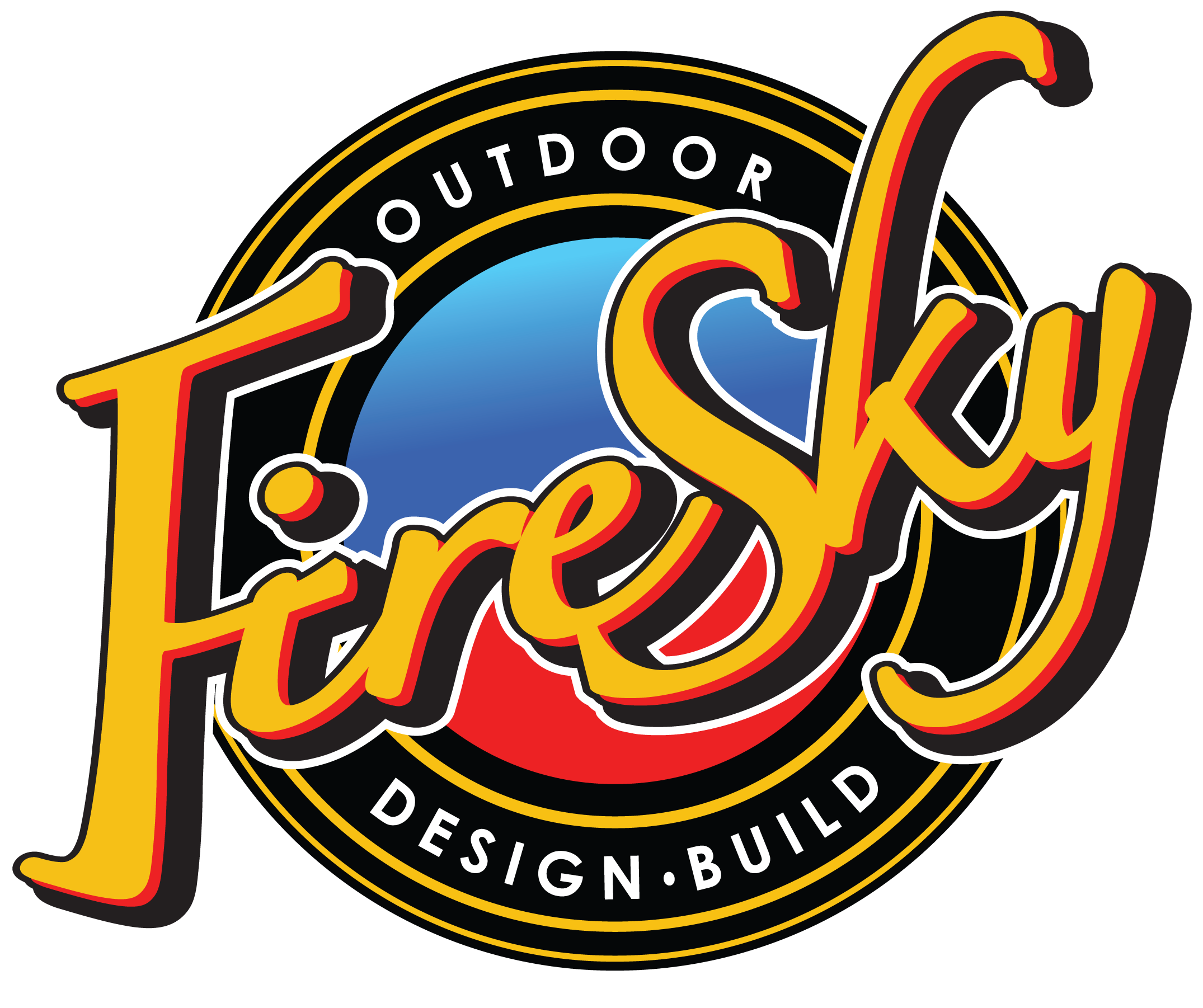Choosing the Right Retaining Wall for Your Spanish Springs, NV, Property
Retaining walls are often necessary for a sloped yard as a way to hold back soil and create more useable space. They also add visual interest to your yard. But, choosing the right retaining wall for your Spanish Springs, NV, property isn’t always an obvious decision. There are many types of material choices for retaining walls, as well as various design styles. Here are some ideas that will help you make the right choice for your new retaining wall.
Function
You could begin by assessing the functional needs of your retaining wall. This decision is influenced by the slope, soil conditions, as well as how you plan to use your yard. It will affect the height of the wall and the construction methods used. In some cases you may need multiple retaining walls “stacked” on your property—if, for example, you have a steeply sloped lot and want to create a series of terraces.
The retaining wall’s construction is important too, so that it is structurally sound and does its intended job. If you need to hold back large volumes of soil, it’s best to treat a retaining wall like the foundation of your home. Your landscape contractor will be able to assess the situation and utilize construction methods that best meet your property’s needs.
Related: 9 Ways to Incorporate Natural Stone Into Your Incline Village, NV, Backyard Design
Shape and Design
Once you’ve decided on what type of retaining wall is needed, the next step is deciding on the shape, depending on whether you want it to be curved or straight.
Modern applications tend to favor straight, sleek lines and are generally less costly to install because less shaping and cutting is required. However, it’s not always practical to build a perfectly straight wall, especially if the wall will be very long and you need to work around obstacles such as trees or large boulders that you want to keep on your property. A better option may be a gently curving or serpentine wall that works with the natural contours of the land and makes it easier to bypass trees and other obstacles.
Curved walls do present their own challenges, including added labor costs and engineering challenges. If you use natural stone, the mason will need to cut and shape stones to fit; and, since functional retaining walls generally “lean in” to the slope for greater strength, the radius of the curve is different at the top of the wall than the bottom of it.
Materials
Poured concrete walls may give you more design flexibility, but they are not considered as attractive as stacked stone or masonry walls.
Stone walls are visually much more interesting, but they do have some shape restrictions, depending on the size and shape of the stones used. However, if you opt for manufactured stone, you can used curved or wedge-shaped stones to create rounded shapes without the need for cutting and shaping. Manufactured stone walls are also thought to be easier to construct than natural stone walls, since stones are interlocking and designed to fit together.
Manufactured stone and natural stone have superior durability and aesthetic appeal over poured concrete, and you can find colors to match any decor as well as fit beautifully into the landscape.

